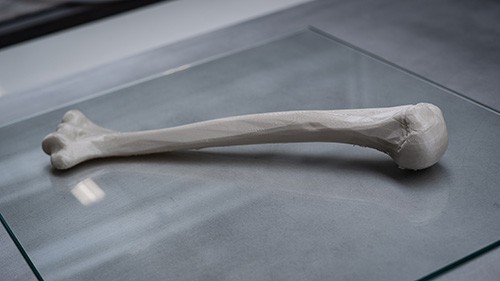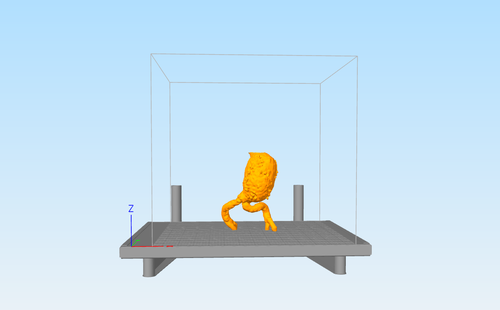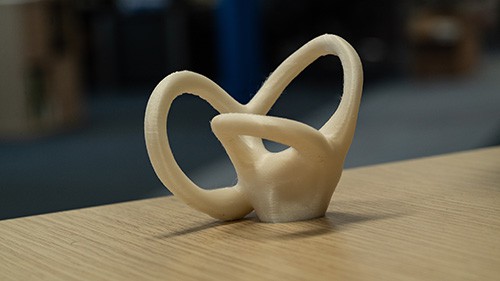Can 3D printing be used in medical applications?
3D printing has seen an increase in use for applications within the medical sector. Those applications include creating tissues and organoids, surgical tools, patient-specific models, custom-made prosthetics, and more. Personalized medicine is getting more and more attention and 3D printing can play a major role in this.

Why 3D printing?
Simulation
All kinds of patient-specific models can be 3D printed, which simulate the real-life situation of the patient. Imaging techniques, such as computed tomography (CT) and magnetic resonance imaging (MRI) can be used to create a 3D model of the patient’s anatomy and aid a physician in the treatment of the patient.


Technological Innovation
When most industries are engaged in technological innovation, the medical sector cannot stay behind. 3D printing is already widely used in all those industries and more and more hospitals turn to 3D printing for improvement of their everyday medical practice. Several academic and regional hospitals in the Netherlands have already opted for a dddrop 3D printer.
Versatility
Hospitals perform hundreds of different procedures and treatments. A number of them could be improved by using 3D printing technology. Because of the freedom of form of a 3D printer, it can be deployed versatile and for any kind of procedure, among which surgical planning and preparation, educating doctors and nurses in training, and creating person-specific molds or prosthetic devices.

